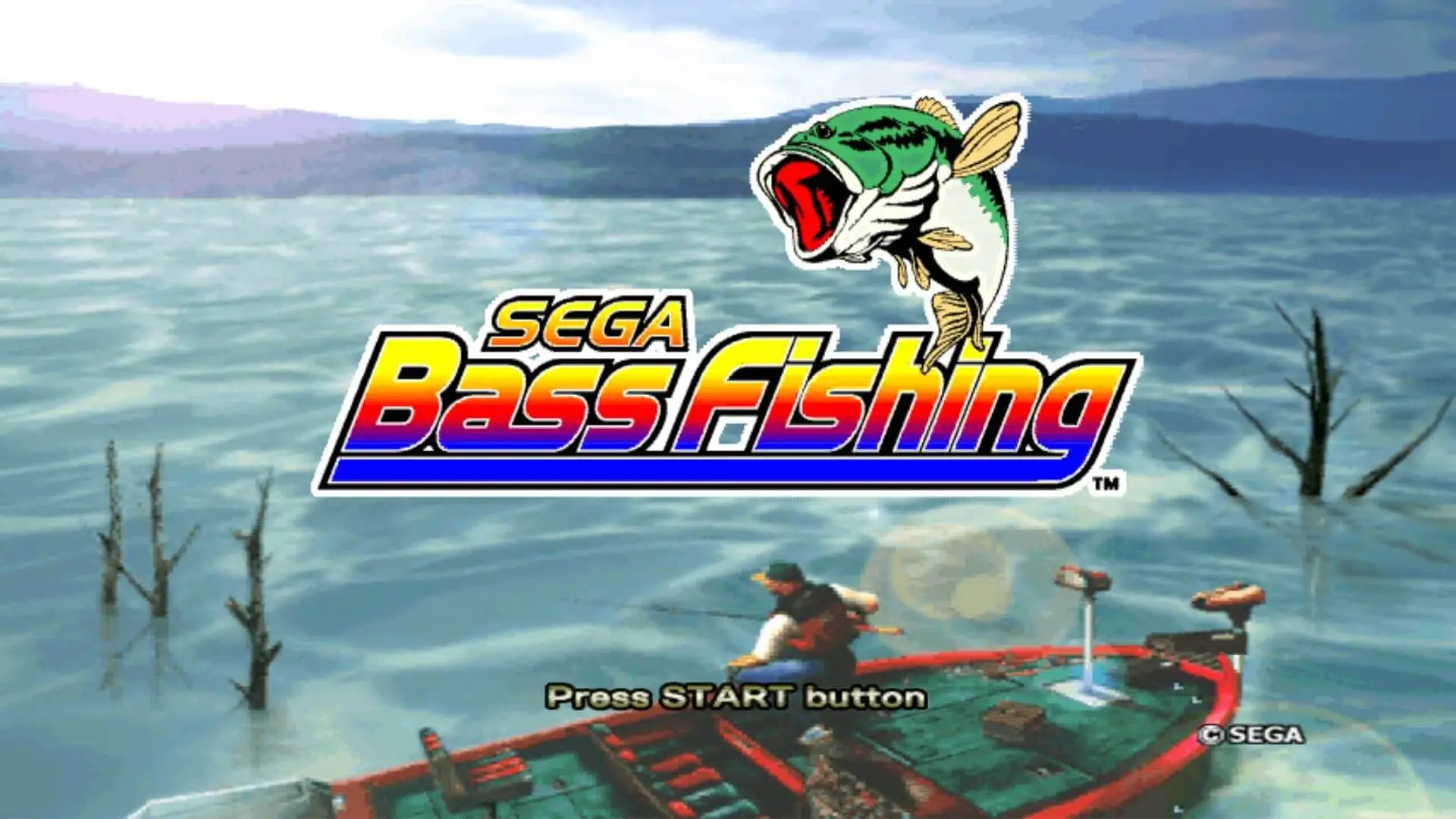OverBorder Studio‘s new Souls adventure title Thymesia takes heavy inspiration from FromSoftware’s most distinctive Soulsborne titles – Bloodborne and Sekiro. It is a gruelling ARPG with fast-paced combat and an intricate plague weapon system. In a generic Souls fashion, it presents a disjointed plot presented in chunks where anything hardly makes any sense and is supported by a fast-frantic combat system that heavily relies on aggression like Bloodborne and rewards you with a well-timed deflection/parry mechanic similar to Sekiro.
But is it enough to justify its existence as a formidable Soulsborne title or is it just another forgettable Souls clone that we have grown wary of after all these years?
Thymesia was released on 18 Aug 2022 for PC, PlayStation 5, and Xbox Series consoles.

Going Down Memory Lane
The events that take place in Thymesia are largely a recollection of what has happened already. You play as Corvus, a Royal operative in the plague-stricken kingdom of Hermes. The plague has infected almost everyone in the kingdom, and all of them have turned into berserk monsters while some have turned into something even worse.
From the get-go, you get your skull bashed by the ‘tutorial boss’ and wake up in the care of the city’s alchemists. From here on out your job is to recollect what really happened when you passed through the three different locales of the kingdom and uncover the secrets behind the ongoing experiments in an attempt to find a cure for the plague that has brought an entire kingdom to a standstill.
As for how the story goes, there is barely anything worth mentioning. The game never really delves deep into any of its characters. Who is Corvus? What’s his backstory? The game does little to nothing to answer all these questions. In addition to that, there is no voiceover for the in-game dialogues which could have been easily replaced with short audio cues. Despite its multiple endings, I just couldn’t connect the dots once I was done with it. Thankfully the game puts a heavy emphasis on gameplay which manages to carry the deadweight of its narrative for the majority of its walkthrough.

Hesitation Is Defeat
Thymesia wears its gameplay like a badge of honor. Even though it largely replicates the idea from Bloodborne and Sekiro, it manages to implement it well. I have been playing since its early access phase and since then there have been many subtle improvements. The parry window has been largely increased compared to its initial release and is somewhat on par with that of a generic souls game.
However, what separates Thymesia from the rest is its treatment of health bars. Enemies in the game feature two health bars – white and green. Players need to inflict ‘wound’ damage for draining the white health. The damage dealt to the white bar is not permanent and within a few seconds, the enemies can regain their health due to their regen ability given by the plague. To deal permanent damage to the enemy, players need to drain the green health of the enemy by ‘Claw’ attacks. Beware though, Claw attacks will deal no damage to white health and it takes a significant time to recharge leaving you vulnerable in the meantime. So you need to plan your claw attack combos beforehand. Hesitate midway and there will be no saving from defeat.
Defeating enemies will give memories that you can use to level up your base attributes. In addition to this Soulslike level-up system, the game also features talent points that you can use to unlock new move-sets similar to what we have seen in Sekiro. There are also different types of memory shards that you can use to obtain health potion upgrades and plague weapon upgrades. It’s quite similar to how Sekiro offered a Prayer Bead each time you defeated a mini-boss.
Speaking of bosses, every boss encounter in the game feels unique and there are multiple phases to each one of them. Since the boss battles are long like Sekiro, health management becomes a real challenge here. Thankfully once you unlock some Talent points you will be able to retrieve some of the health from enemies each time you defeat one. It is somewhat similar to the ‘Rallying’ system of Bloodborne where if you attack the enemy after having sustained some damage, it would restore some amount of your health.

Maze Runner
Whether it’s the picturesque valleys of Ashina in Sekiro or the dark yet hauntingly gorgeous streets of Yharnam in Bloodborne, there’s always something that stands out as a landmark that the players can make use of during traversal. Thymesia on the other hand fails to do so. It does manage to establish the atmospheric feel of Bloodborne to some extent but it fails to make a distinction between its regions on the map along with its uninspired level design. Everything just looks too similar which gave me a hard time while navigating. And as the game progresses this issue only gets worse. Thankfully the last region does manage to address this issue to some extent.
Aside from its mazy map, Thymesia does manage to deliver a decent amount of visual fidelity. It’s not on par with the quality of visuals we see in the AAA titles these days but it is fairly decent for an Indie title. I was able to hit a consistent 60 frames per sec on the 3050ti. Even on the older GPUs like 1050, the game manages to push 40-50 fps with dynamic resolution scaling.

The Final Word
Despite its uninspired level design, maze-like maps, and a lacklustre story, Thymesia manages to deliver on its gameplay which is fast, frantic, and fun. It does not stand shoulder to shoulder with its big league counterparts whose ideas it largely borrows, but it does implement them in a fine way. Considering its lack of regional pricing you should pick this up while it is on sale.






FINAL RATING: RECOMMENDED





